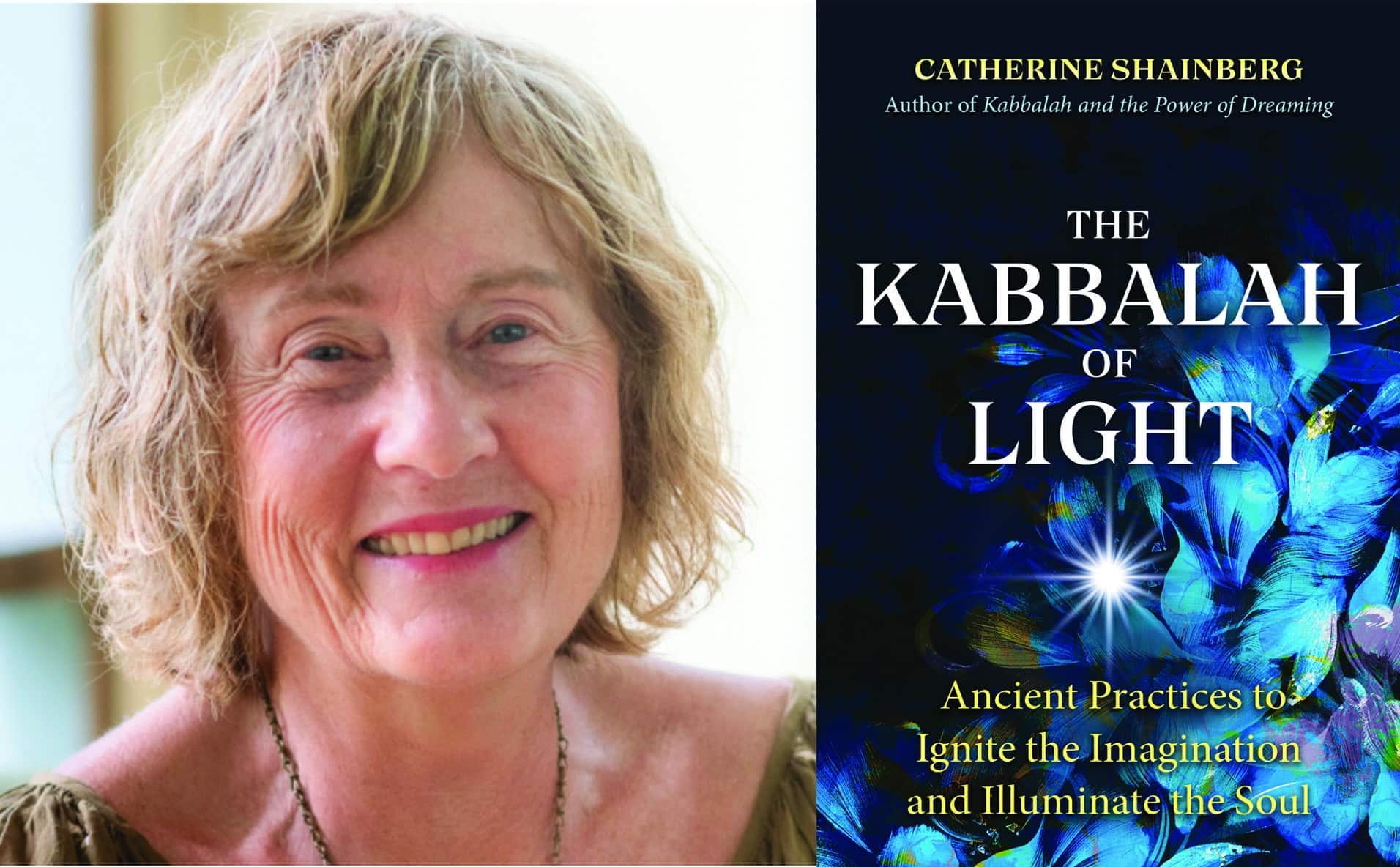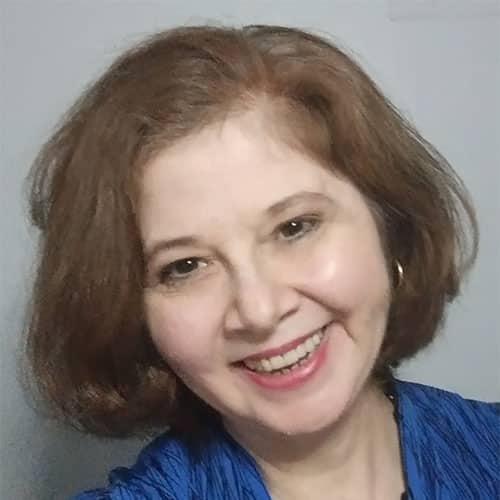 Catherine Shainberg, Phd.
Photo by RS Johnson
Catherine Shainberg, Phd.
Photo by RS Johnson It’s time for a dreaming revolution.
Author Catherine Shainberg, PhD, believes that day dreaming, night dreaming, lucid dreams and visioning can change your life. Her book “The Kabbalah of Light: Ancient Practices to Ignite the Imagination and Illuminate the Soul” offers the tools everyone needs in this time of uncertainty.
“This is a great methodology that has been kept hidden for hundreds of years and transmitted in a small circle,” Shainberg said. “Now the world has changed, and we really need to get tools into people’s hands that can change their lives.”
Shainberg is an internationally renowned transpersonal psychologist, lecturer and award-winning author. For more than 40 years her New York City-based School of Images has helped thousands of people worldwide using her imagery and dream techniques.
Her work – and “The Kabbalah of Light” – are grounded in the ancient Kabbalah of Light tradition, described in the first 28 lines of the Book of Ezekiel. Shainberg integrates its timeless wisdom with modern Western traditions. She offers 150 short exercises to help readers tap into their subconscious, overcome challenges and manifest their ideal lives.
“Nobody knows where the future is going to go, and I think this is hurting people,” Shainberg said. “The inside vision is going to show you what the future is for you, for the world, for your society.”
According to Shainberg, dreams can show you where you are. For instance, you go to sleep with a question or anxiety and wake up with an answer or direction. You can also have a dialogue with your dreams.
According to Shainberg, dreams can show you where you are. For instance, you go to sleep with a question or anxiety and wake up with an answer or direction. You can also have a dialogue with your dreams.
Nightmares, she said, are very useful. When you have a nightmare, rather than be haunted by it, you can protect yourself and confront the “beast.”
Shainberg worked with a client who had a recurring nightmare for 30 years, and no one could help him. He was a Jewish man who dreamt that a Gestapo officer was chasing him.
“I gave him whatever protections felt good for him and I said to him, ‘Now turn and face him,” Shainberg said. “The Gestapo man said to him, ‘Finally. I’ve been running after you for so many years. I’m exhausted.’ Then they had a conversation, where they agree the war was over, and they didn’t want to do this anymore. And that was the end of his nightmares.”
The tradition in Judaism is to look at your dreams for insight, Shainberg said.
“There’s a whole section of the Talmud that describes this in detail,” she said. “If there’s a bad dream, we need to speak it out in the synagogue or with three friends. And the three friends hear the dream and then they change it by saying ‘This dream is good’ three times.”
Shainberg’s journey with imagery started in childhood. Her imagination entertained and educated her. Throughout her childhood and early adult years, she lived effectively and successfully in the day-to-day world, but the lure of the inner world remained powerful.
“I followed the inner promptings for many years,” she said. “They told me ‘go here, go there, go to Israel.’”
When Shainberg heard the name of the woman who would become her teacher, her “head exploded into light,” so she moved to Jerusalem to meet her.
This was renowned Kabbalist and mystic, Colette Aboulker-Muscat (1909 – 2003); she was Shainberg’s mentor and teacher for more than a decade in Jerusalem.
When they met, Shainberg told Aboulker-Muscat: I want you to teach me how images move people.
“She said, ‘I’ve waited for you for a long time,’ and she adopted me as a spiritual daughter,” said Shainberg.
The author, who did not know she was Jewish, learned later in life that her mother’s family was not only Jewish, but also owned the land on which the yeshiva where Isaac the Blind worked.
“After about two years, I had a kind of epiphany in which I saw all the great sages up in the heavens and great letters appearing and they said, ‘Judaism,’” she said.
Aboulker-Muscat asked if Shainberg would like to know about Judaism and gave her a book to read. Everything Shainberg had written during her exercises and dreams, including the letters and the shapes of the letters, was in that book.
Shainberg converted to Judaism in the Ministry of Religion in Jerusalem in the early 1970s before she discovered her Jewish roots. She was the only woman the rabbi she studied with ever took; he told her she was ready after only three months.
“I think there are two strands in Judaism,” she said. “You’ve got all the rabbis and the Talmud. But behind that you’ve got an incredible imaginal with the Midrash and all the Kabbalah. The two go together. We have to work two brains at the same time.”
The conscious and subconscious mind need to work together, which is something Shainberg said Jews do very well.
“We need to be co-creators with God,” Shainberg said. “And so we can do that through the dreaming, through the imaginable work.”
Just remember: You can’t control it.
Shainberg said, “You have to look in and ask the question, ‘Where should I go with this?’ And the inside will answer in beautiful, clear, simple ways.”























 More news and opinions than at a Shabbat dinner, right in your inbox.
More news and opinions than at a Shabbat dinner, right in your inbox.